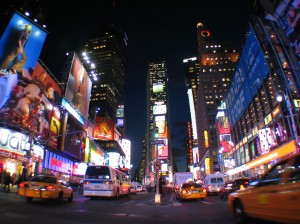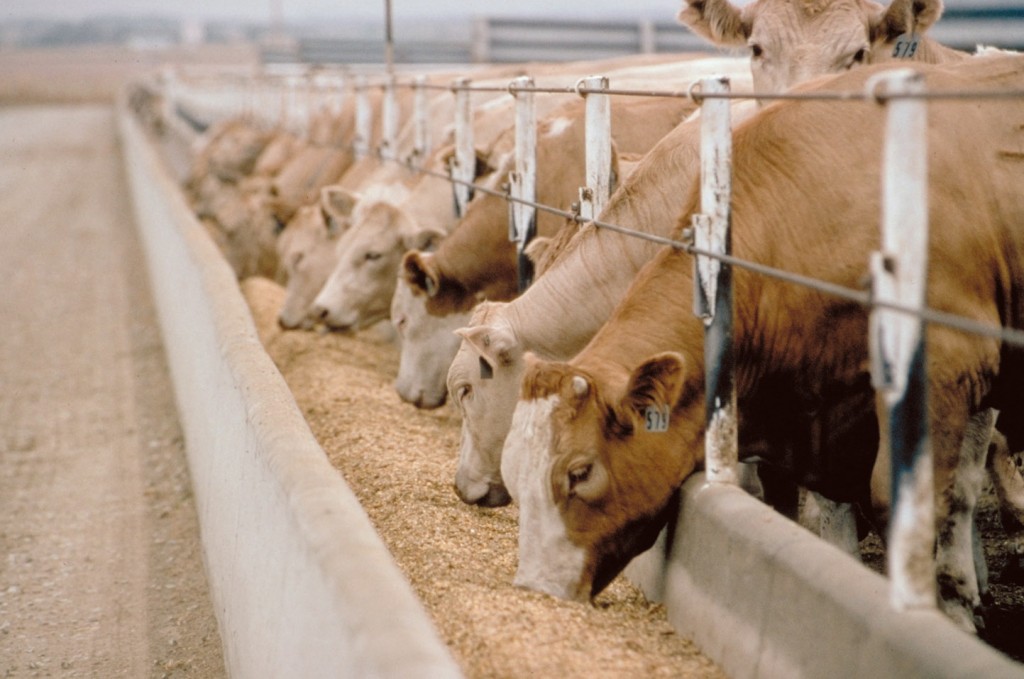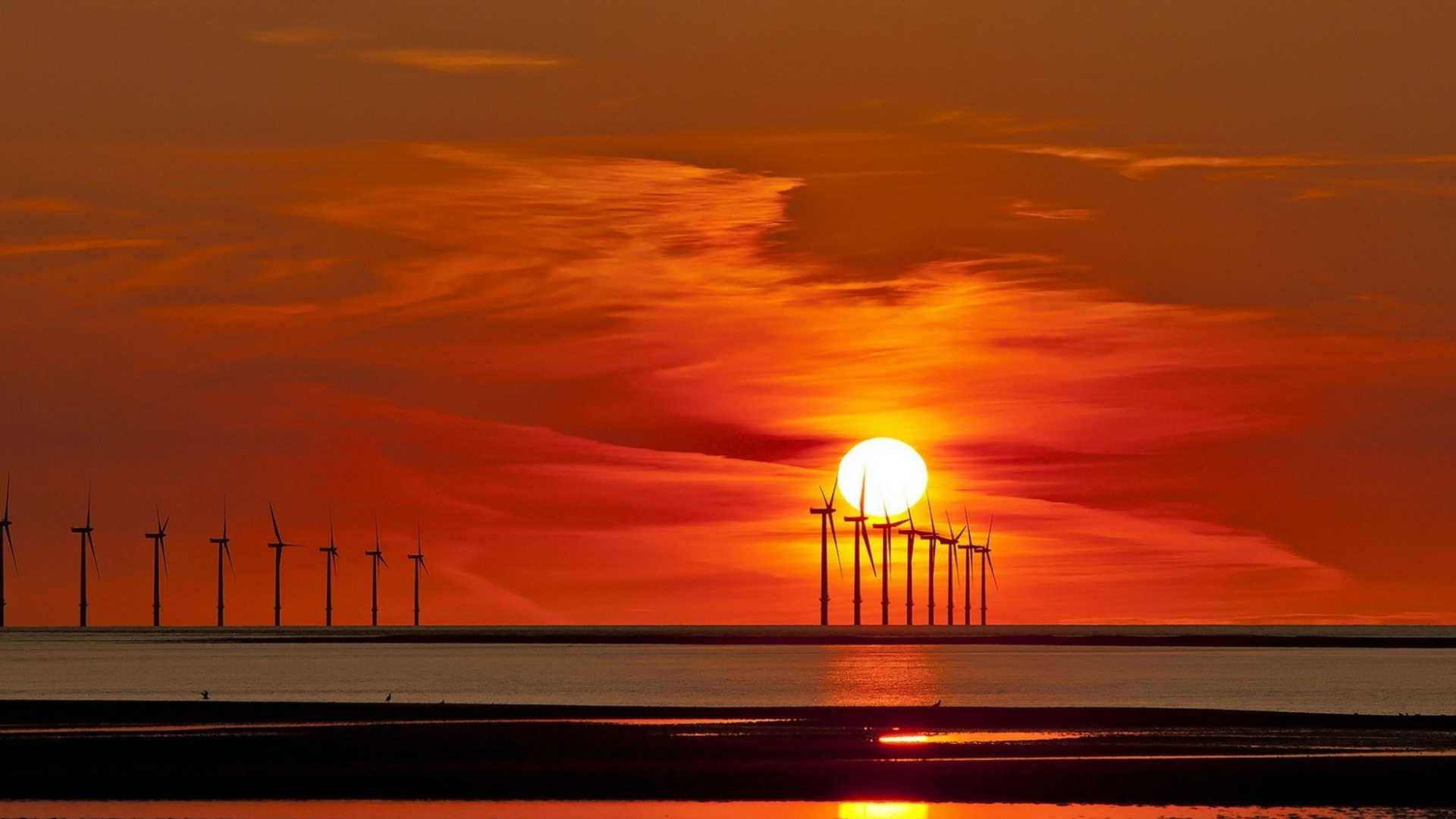Vacationing at the beach always provokes amazing sensory experiences. Everything about lounging in the sand soaking up sunshine, hearing waves crash along the shore, feeling a gentle breeze, and watching a sunset infused with citrus colors relaxes the mind, body, and soul. Now picture an arc of sparkling white turbines dotting the horizon and reflecting the setting sun, their blades twirling as waves tumble below. The image in itself is striking, made only more majestic by the prospect of a clean energy future. The ability to build turbines that each produce 6 megawatts of clean energy in offshore locations seems unreal. Wind capturing technology has made incredible strides since grain-grinding mills first became widespread, but something is holding it back from reaching its potential.
Tag Archives: global warming
Against the Wind-or With it?
 Wind is a natural phenomenon that occurs when molecules move freely in response to differences in air pressure. Likewise, energy can be harnessed for human consumption when blades of a turbine move in response to these innate fluctuations. Wind farming allows for the production of relatively clean energy. The price of this energy, however, is far from free.
Wind is a natural phenomenon that occurs when molecules move freely in response to differences in air pressure. Likewise, energy can be harnessed for human consumption when blades of a turbine move in response to these innate fluctuations. Wind farming allows for the production of relatively clean energy. The price of this energy, however, is far from free.
An Alternative to Propel Society Forward
 When asked about the most quintessentially “New York” experience, Manhattanites will likely rave about some swanky rooftop club on top of a hotel, running along the Hudson through Riverside Park, or the amazing chocolates that can only be found in Chelsea market. To an outsider, however, “New York City” can be represented with one image—Times Square. Massive skyscrapers that are relentlessly lit up with mega television screens, large crowds of people, and traffic littered with taxicabs.
When asked about the most quintessentially “New York” experience, Manhattanites will likely rave about some swanky rooftop club on top of a hotel, running along the Hudson through Riverside Park, or the amazing chocolates that can only be found in Chelsea market. To an outsider, however, “New York City” can be represented with one image—Times Square. Massive skyscrapers that are relentlessly lit up with mega television screens, large crowds of people, and traffic littered with taxicabs.

Each of the former images seems to represent the vivacity of the city; however, each also requires an excessive amount of energy.Taking the Manhattanite’s second suggestion to run along Riverside Park, visitors may be taken aback by the wide-open horizon sprinkled with sailboats. Within the juxtaposition between these two contrasting images of New York, it should be noted that that latter features a primitive technology that could be very relevant for powering the former—in this case sailboats harnessing wind for energy. With improvements in technology, harnessing energy from renewable resources to help alleviate the impact of fossil fuels seems attainable.
The Impact of Fossil Fuels
The progress seen in the developed world in places like New York City has been driven by a dependence on coal and petroleum-based fuel sources. As these energy sources are continually depleted by the comforts of the modern world, nations have felt the need to form alliances and wage wars in order to gain access to these valuable remnants. While these nonrenewables have indeed allowed for major technological advances including fast and easy transportation, readily available entertainment, indoor plumbing—in essence all the comforts afforded by the average American lifestyle—they have been exploited to an extreme degree. The US Energy Information Administration estimates that coal consumption for 2012 reached 889,185 thousand tons and natural gas reached 25,533 billion cubic feet; similarly, Americans consumed approximately 18,877 thousand barrels of petroleum per day. The massive consumption of these fossil fuels has contributed to over 6,000 million metric tons of carbon dioxide being released annually from the U.S. alone. The abuse of fossil fuels has had a significant negative effect on the global climate. The burning of fossil fuels produces carbon dioxide as a by-product, which increases the concentration of the greenhouse gas in the Earth’s atmosphere, and raises the earth’s temperature.
An Introduction to Livestock and the Climate Crisis

Grain-Fed Cattle
Courtesy of Institute for Livestock & the Environment
The industrial livestock sector is heating our planet at an alarming pace and will continue to do so unless sweeping changes are made to production practices and consumer habits. The contemporary conversation around climate change tends to focus on the consequences of an overreliance on fossil fuels. Meat production is often overlooked as a significant contributor to the climate crisis, despite emitting 18 percent of global greenhouse gases – a percentage point larger than that of all modes of transportation. Considering the ramifications of climate change, it is crucial to analyze and transform the relationship between meat production and the environment. Continue reading
